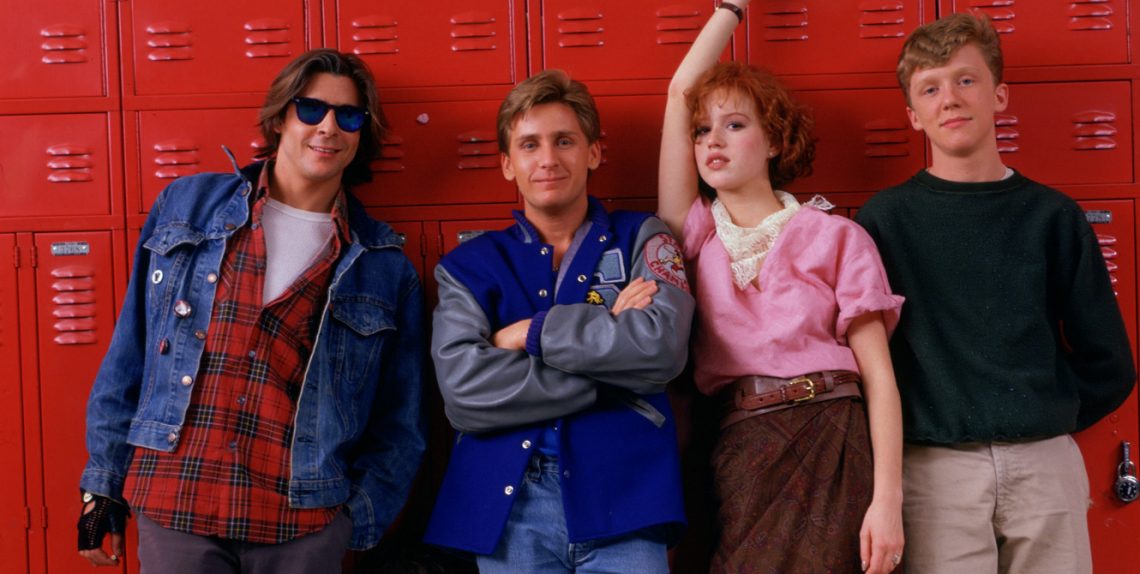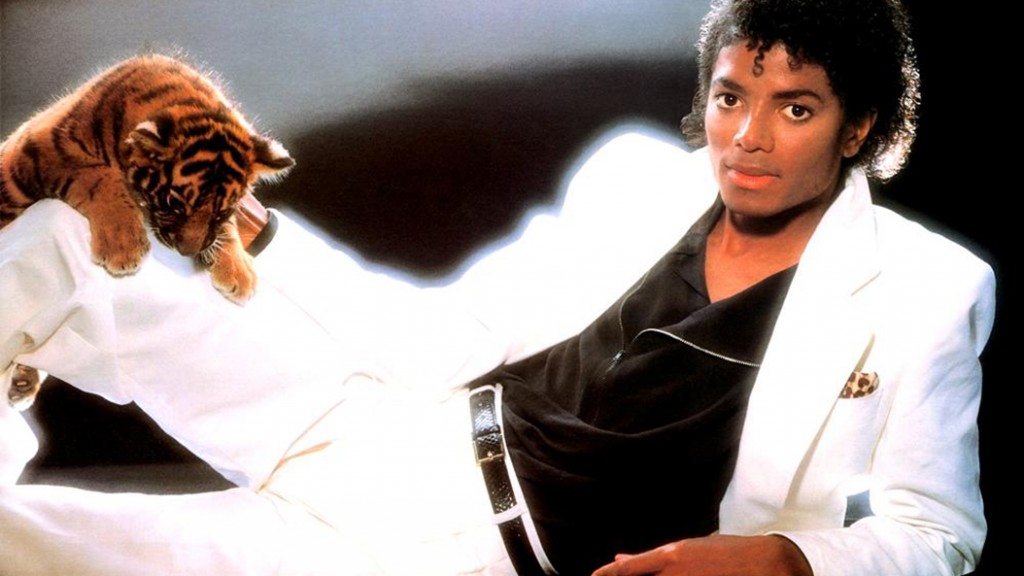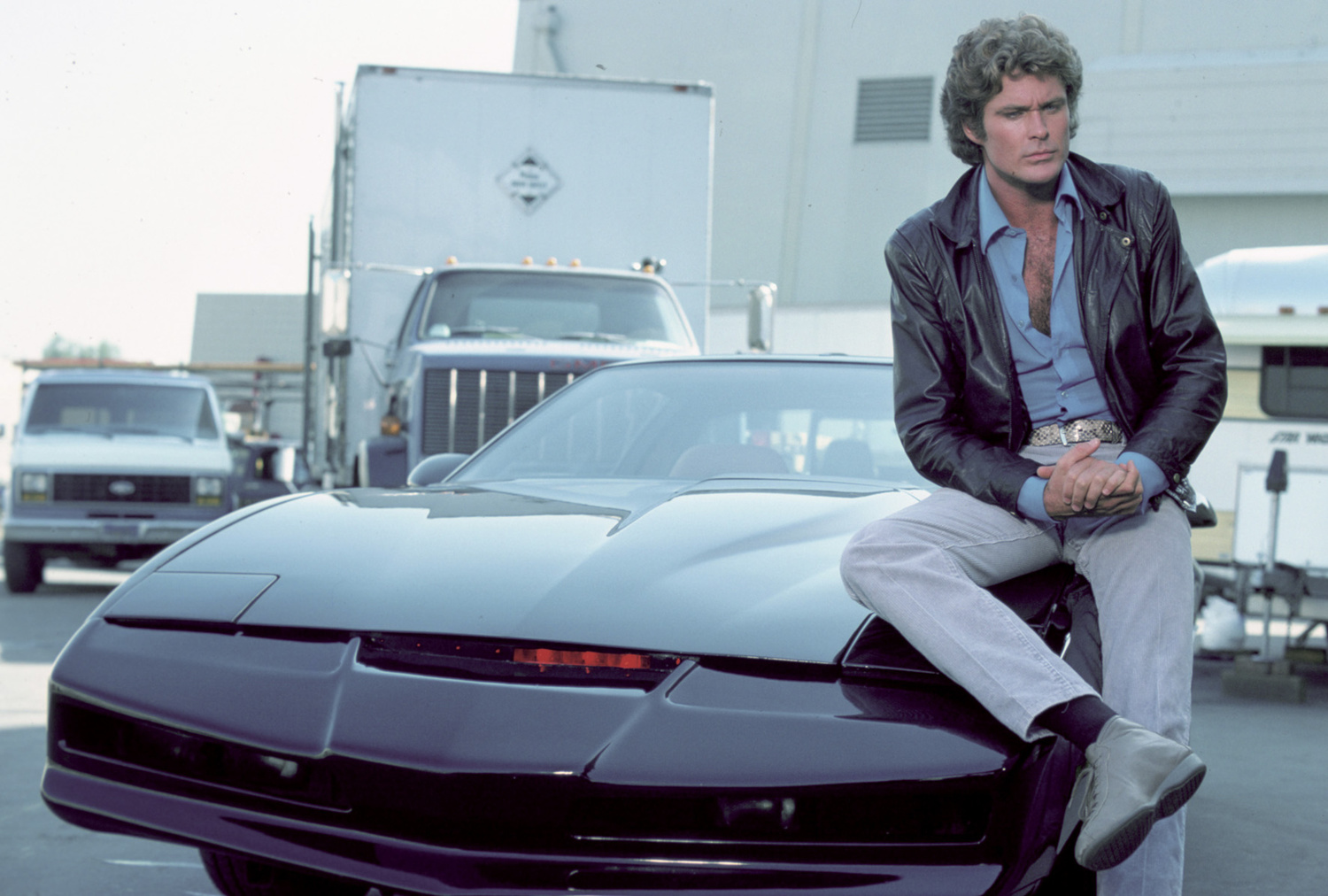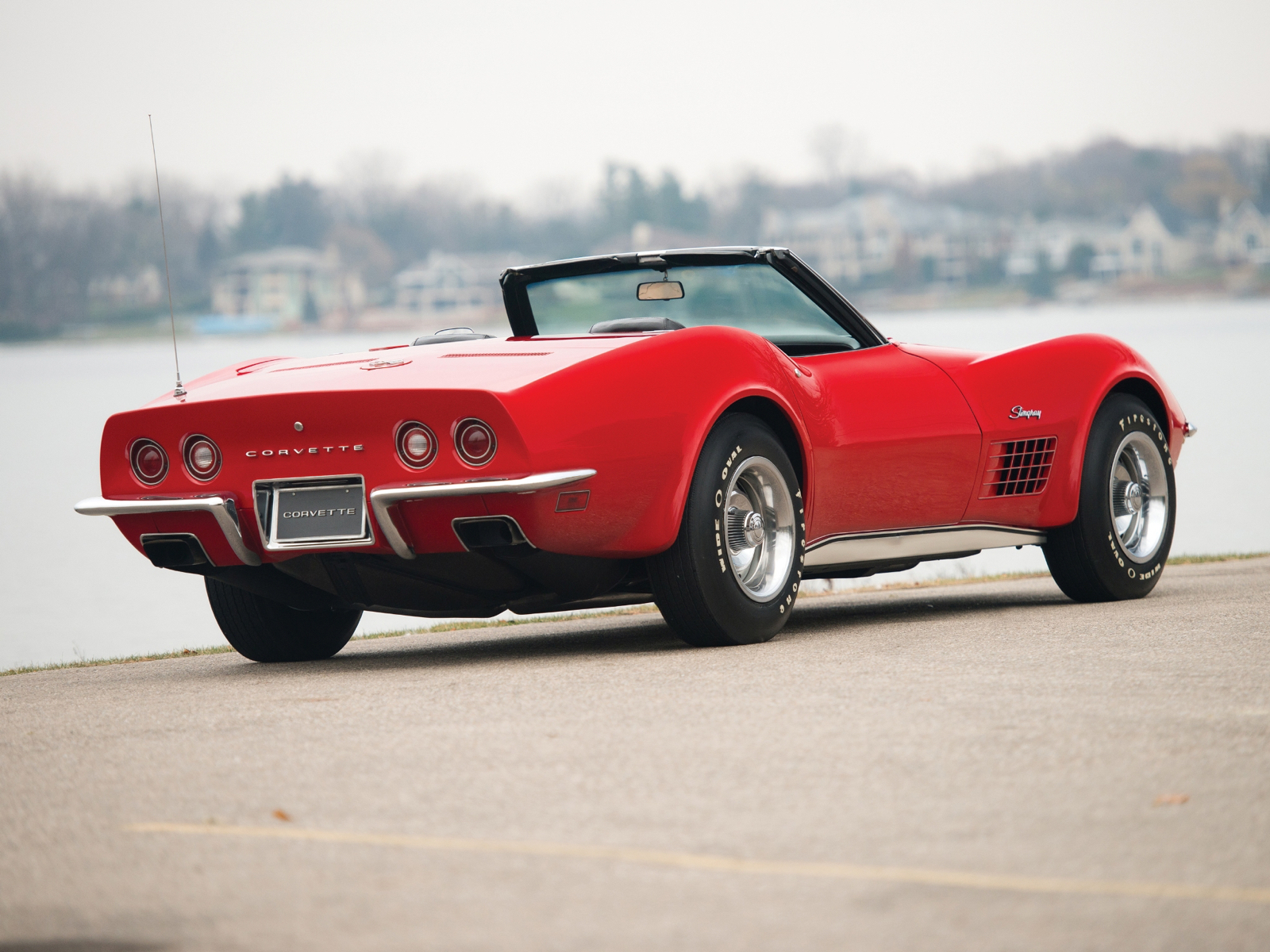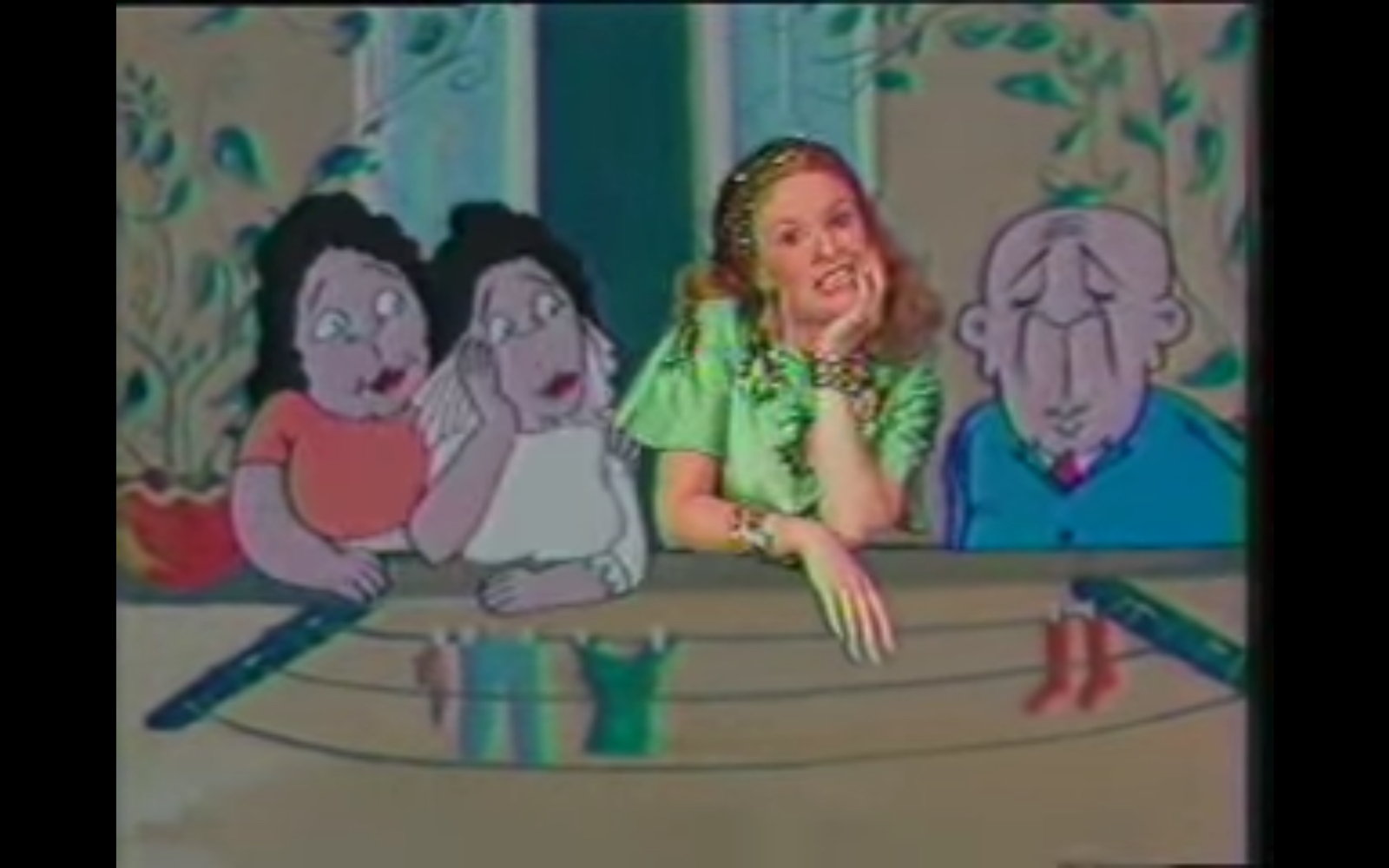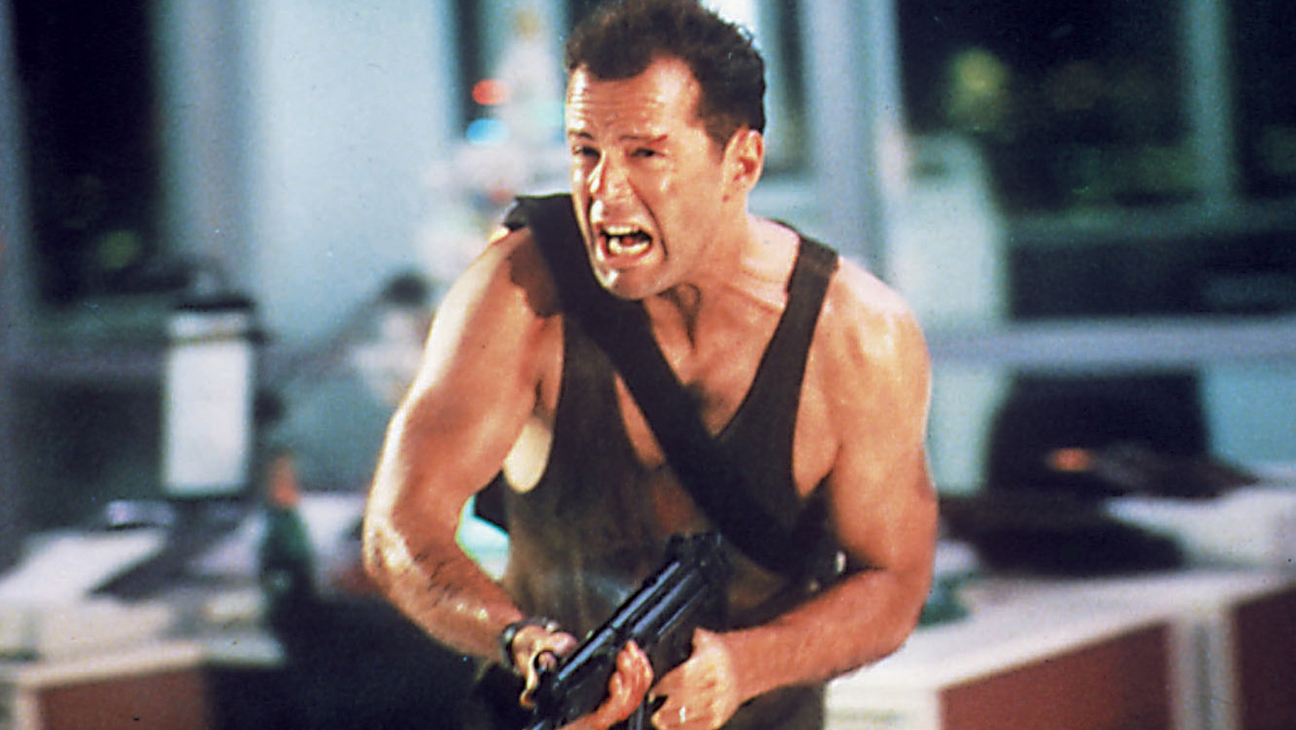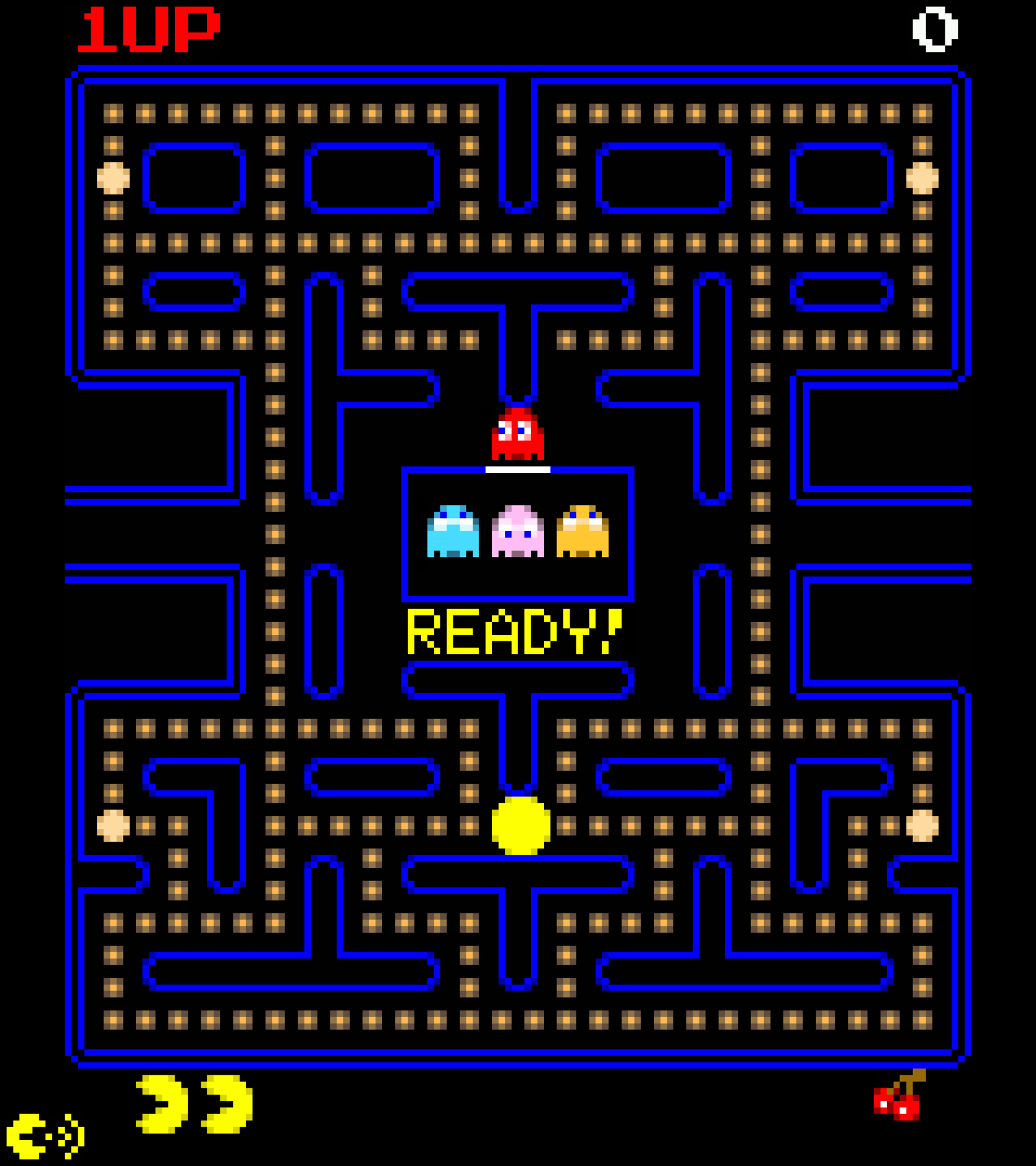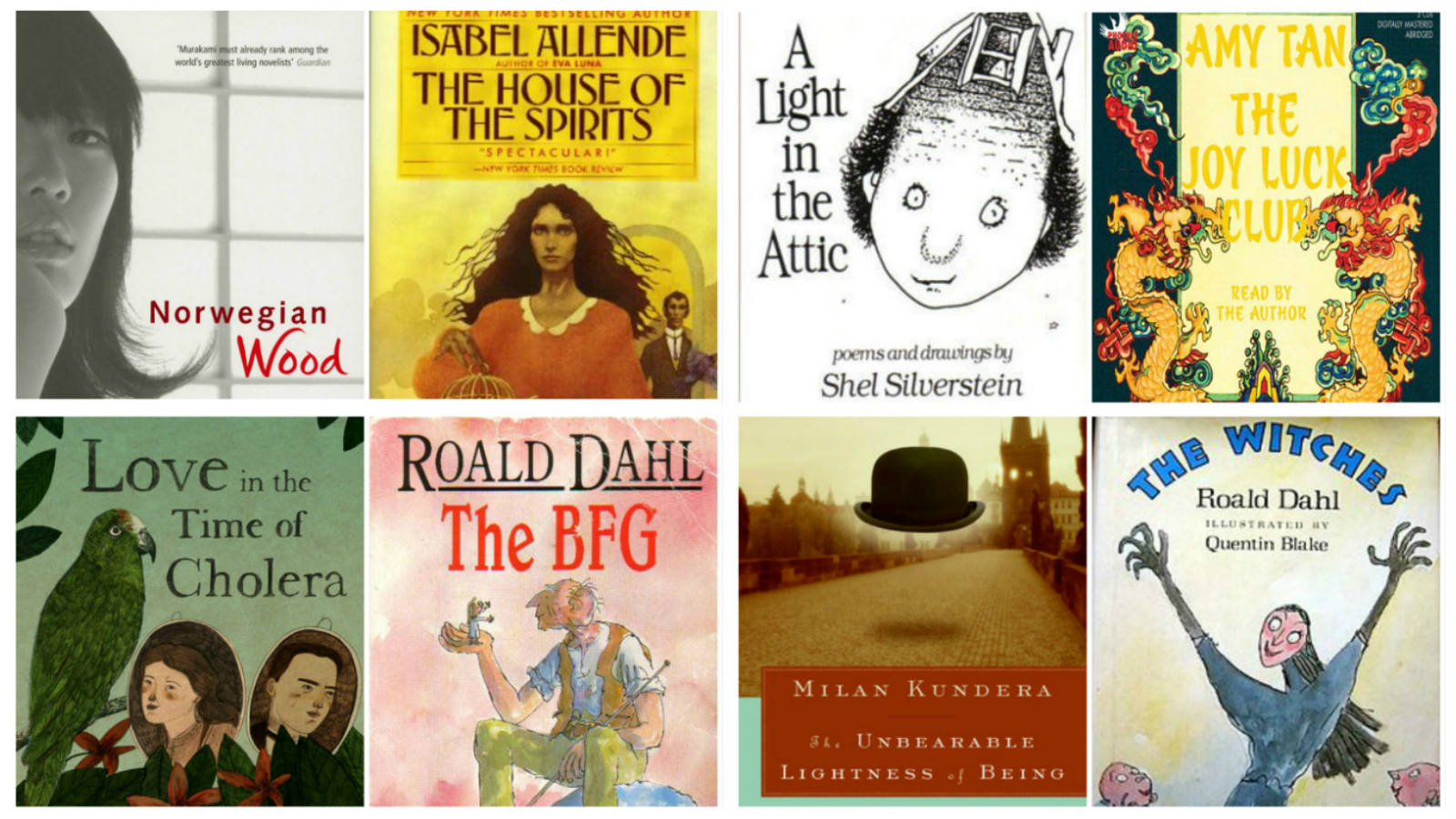We’re running out of space — quite literally — so our roundup of Books of the 1980s appears only on the web edition of Enterprise. Tap here to go read it.
Regardless of which decade you grew up in, there’s a large chance you came across Shel Silverstein and his inimitable style sometime during your childhood or pre-adolescent years. A jack of all trades, Silverstein was a poet, singer, songwriter, cartoonist, and an author of children’s books to boot. His poetry collections “captured the innocence of a child’s imagination … without talking down to kids or being trite and sentimental,” as one Silverstein fan puts it. A Light in the Attic was released in 1981, but the book of poems — much like Silverstein’s other works, like The Giving Tree (1964) and Where The Sidewalk Ends (1974) — is timeless.
…Much like basically everything children’s book wizard Roald Dahl has ever written. Dahl dominated the decade with the release of three of his most famous children’s books: The BFG (1982), The Witches (1983), and Matilda (1988), all of which featured the appropriately childlike illustrations of Quentin Blake.
The 80s also saw landmark works from Latin American authors, including Gabriel García Marquez’s timeless Love in the Time of Cholera, and Isabel Allende’s debut novel, The House of the Spirits. Both García Marquez and Allende were heavily influenced by the political upheaval in their native countries of Colombia and Chile, respectively. “García Marquez and a plethora of other gifted Latin writers exposed the savagery and wretchedness of rural poverty in their novels. We also learned to recognise the murderous brutality of military strongmen and the futility of civil war through his words,” the BBC’s Wyre Davies wrote of the Colombian literary genius after his passing in 2014.
Another timeless piece from the 1980s is Franco-Czech author Milan Kundera’s The Unbearable Lightness of Being. When he wrote this novel in 1984, the exiled Czech intellect and former communist party member was living in Paris, after having been stripped of his original nationality and naturalized as a citizen of France, where he still lives today. Set against a backdrop of war in 1968 Prague — around the time of the Soviet invasion of Czechoslovakia and the country’s descent into communism, the book explores the web of complex relationships between Tomas the surgeon and his lover Sabina, whose “lightness” about all things life-related and unapologetic affair proves “unbearable” for Tomas’ wife Tereza the photographer and Sabina’s lover Franz the professor. Ever the philosopher, Kundera uses the stories of those characters to explore concepts such as Friedrich Nietzsche’s eternal recurrence and themes like infidelity, attachment, belonging, purpose, and hedonism. For lovers of Russian literature, the influence of Leo Tolstoy on the novel is hard to miss and Kundera’s experiments with tone and perspective also break from the classical mould to channel something closer to the prose style of Vladimir Nabokov, but at a much slower, less-confrontational, and almost dream-like pace. If you’re more a movie buff than a bookworm, check out the 1988 film adaptation starring Daniel Day Lewis, Juliette Binoche, and Lena Olin (watch the trailer, runtime 1:05).
An equally powerful master of dreamy prose is Japanese wordsmith Haruki Murakami, who wrote one of his greatest and most widely recognized novels, Norwegian Wood, in 1987. The book — which is titled after a Beatles song of the same name — is arguably Murakami’s most autobiographical work and follows the life of Toru Watanabe as a college student in 1960’s Tokyo and his love for his troubled childhood friend Naoko, who slowly slips away from him and into her own world of depression and confusion following the suicide of their best friend Kizuki. While he remains faithful to Naoko after she leaves to live in a mental institute, Toru — a quiet and solitary character by nature — finds himself falling for another woman, whose fierce and outgoing nature stands in sharp contrast to Naoko’s own. Toru is then torn between the innocence and relentlessness of young love and the harshness of the reality that forces one to grow up and move on. A lover of music and subtle melancholy, “Murakami’s characters are always given the seed of rebirth, although it is often unclear whether they plant it or not,” Damie G Walter writes for The Guardian. What makes this one author’s stories so great is his ability to journey with his readers down “the cold, dark winter woods of death and grief and abuse – and do so with wisdom and warmth.”
1989 was a definitive one for Chinese-American business writer-turned-fiction author Amy Tan, who for many years before had struggled with the idea of writing her own stories and experiences as a member of an immigrant family in the United States. Tan was approaching the end of her thirties when she finally sat down to compose her debut book The Joy Luck Club, where she threads together 16 short narratives that trail the lives of four Chinese immigrant mothers and their American-born daughters during different stages of their lives, focusing on themes such as immigrant identity and the ensuing disconnect and clash between cultures and generations. The book, which draws a lot from the author’s own life experiences and contentious relationship with her mother, also pays tribute to the importance of storytelling in keeping heritage and tradition alive through generations, for the stories remain even if nothing else does. “The author leavens this angst with Marx Brothers humor, making you laugh, literally, even as you cry,” a 1989 review of the book from the Los Angeles Times said. This one is definitely high up on our list of recommendations for a light, yet profound, read.
